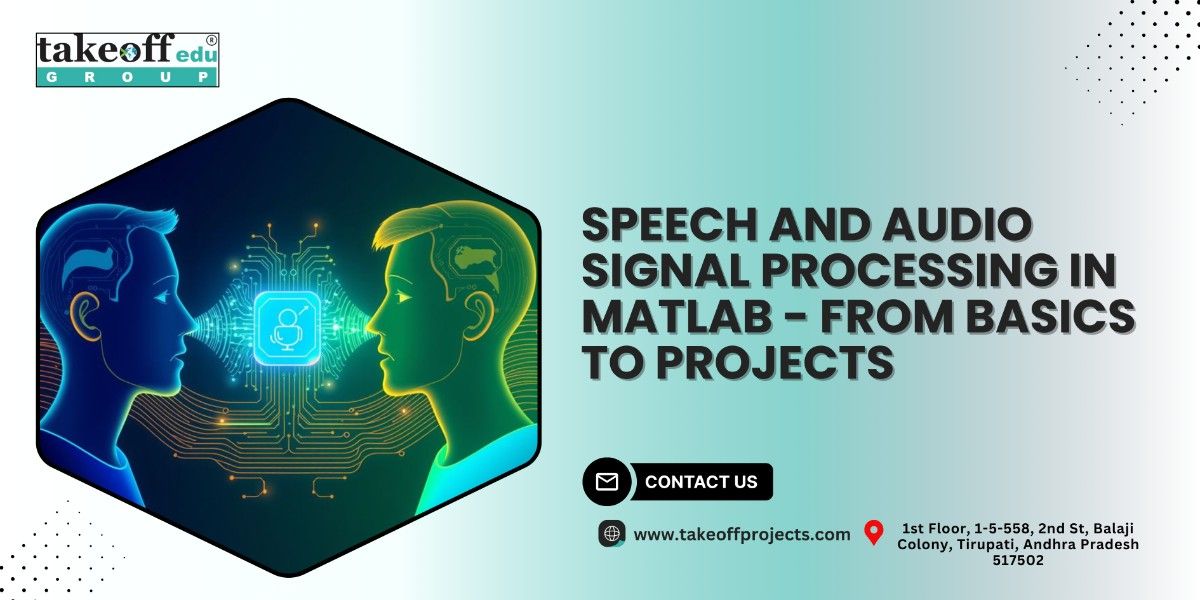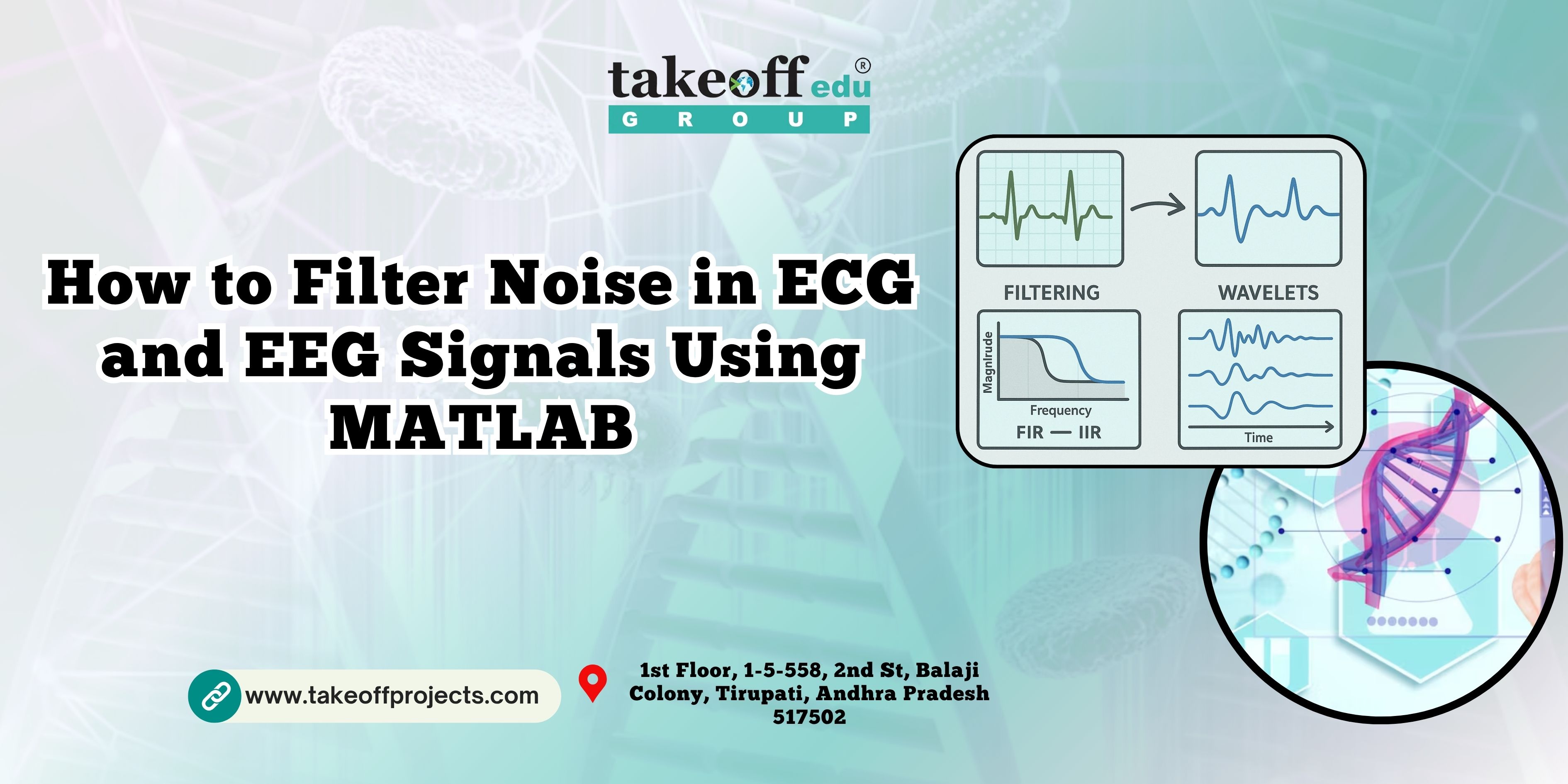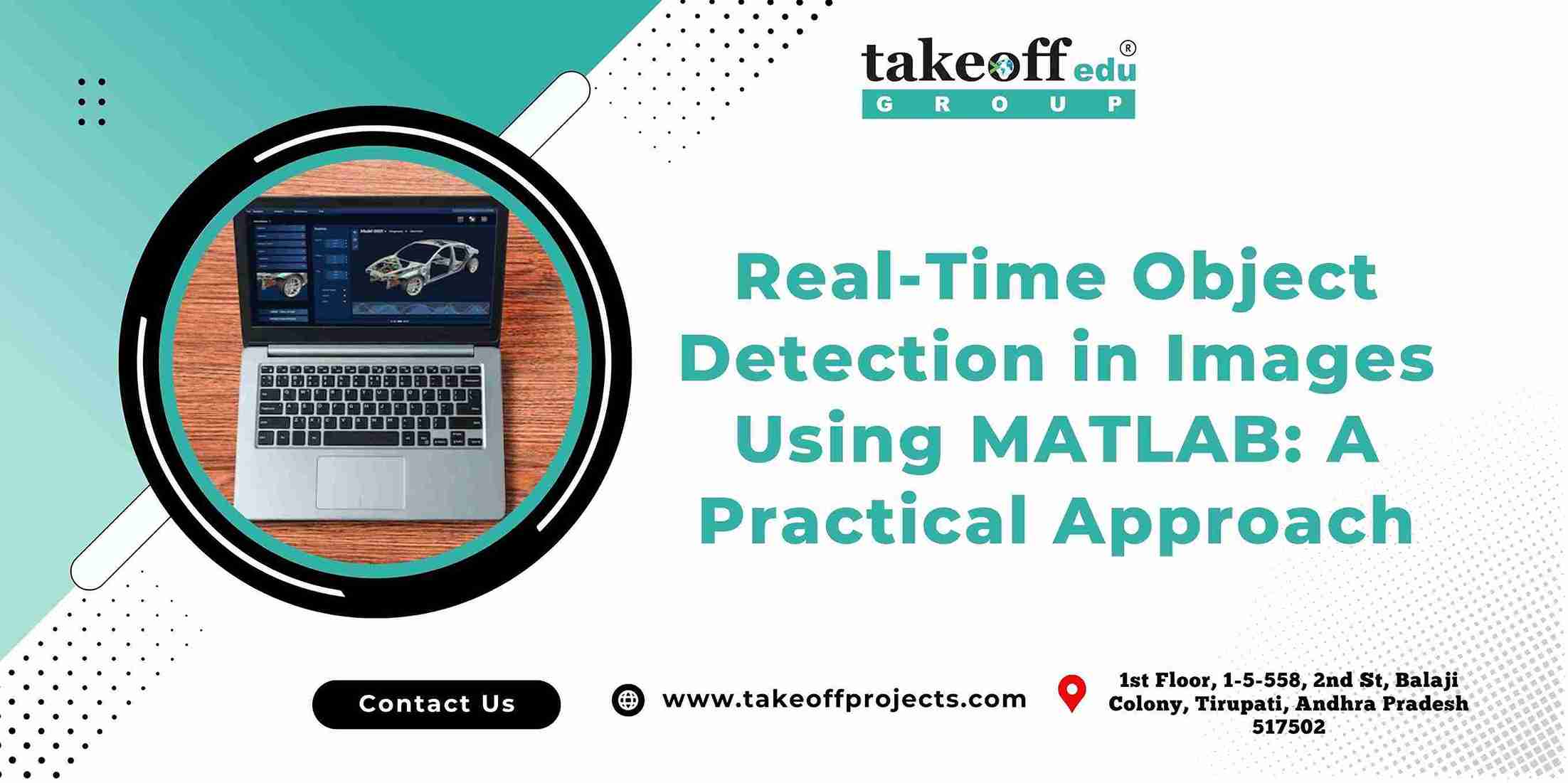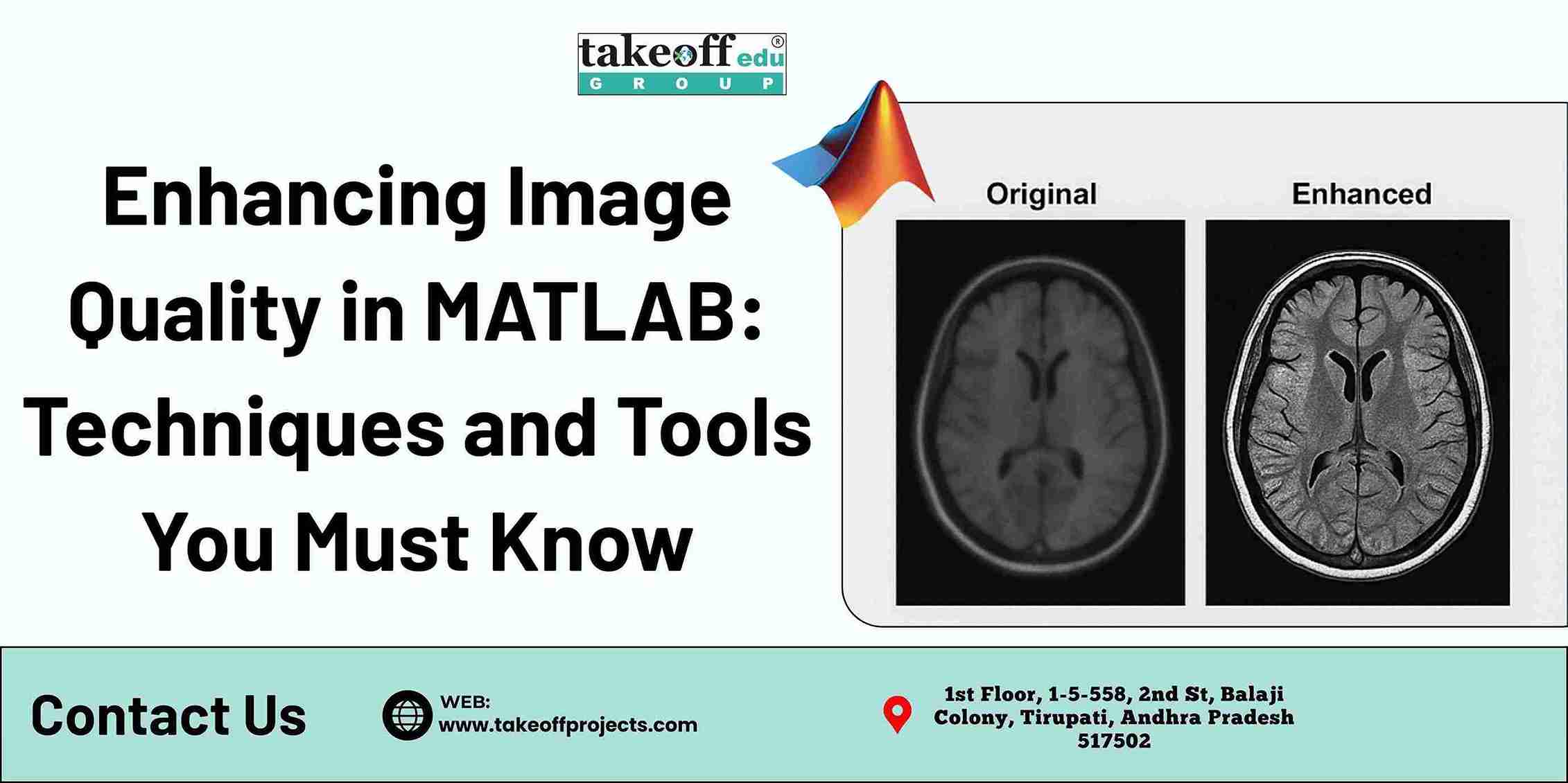Within few minutes, signals, information, and messages may be transferred from one region of the globe to other region. Fast signal transmission is greatly facilitated by the modulation process.
Changing a signal in order to communicate valuable data is known as modulation. A signal’s amplitude, frequency, and phase are the three variables that may be modulated. The waveform’s amplitude, frequency, and phase all refer to the strength or intensity of the signal. The waveform’s phase indicates where the waveform is in relation to time within the cycle.
Nowadays, the necessity for cables in communication networks is eliminated by employing modulation to send messages across large distances via space. Humans were able to become wireless thanks to modulation technology. A wall outlet is indeed no longer required for telephones.
The top 5 projects on modulation techniques for students to learn from and put their talents to the test are as follows:
1. Generalized DFT-S-OFDM Waveforms Without Cyclic Prefix
The extended Discrete Fourier Transform-spread-Orthogonal Frequency Division Multiplexing (G-DFT-s-OFDM) waveforms are examined in this study. These waveforms employ an internal guard period in place of the cyclic prefix of traditional OFDM/DFT-s-OFDM. The benefits of such waveforms include flexibility, spectrum confinement, and a low peak-to-average power ratio.
For the unique zero-tail DFT-s-OFDM condition, a novel estimator is suggested, and features of reference sequence construction and mapping for channel estimation are fully investigated.
We also explore the idea of frequently updating the channel status information at each symbol using the internal guard period, enabling the monitoring of quickly varying propagation circumstances.
By delivering top-notch projects on modulation techniques, you might launch a lucrative career in the pitch. The communication system depends heavily on modulation to digitally encrypt information and transmit it via analogue channels. For greater distance transmission, accurate data transmission, and low-noise data reception, it is crucial to modulate the signals before delivering them to the receiver portion.
2. Digital Hearing Aid System Design
The project created noise reduction, frequency, and amplitude filters for a programmable DHA (i.e., Digital Hearing Aid) in this project. The drawbacks of the conventional analogue hearing aid are resolved by our digital version.
With the use of sample audio, we evaluated our filters, and we were able to effectively lower white Gaussian noise, boost the gain for difficult-to-hear frequencies, and shape the amplitude to keep any particular frequency from getting excessively loud.
By delivering top-notch projects on modulation techniques, you might launch a lucrative career in the pitch. The communication system depends heavily on modulation to digitally encrypt information and transmit it via analogue channels. For greater distance transmission, accurate data transmission, and low-noise data reception, it is crucial to modulate the signals before delivering them to the receiver portion.
3. Autocorrelation Based Spectrum Sensing of FBMC Signal
In this work, a feature detector for a filter bank multicarrier (FBMC) signal in cognitive radio is the main topic. Here, we first establish the lack of correlation between the FBMC signal samples.
Nevertheless, when the FBMC signal is processed using our suggested technique, the autocorrelation function (ACF) of the FBMC signal starts to be non-zero with a latency that is equal to the number of subcarriers. Yet, following the same suggested processing, the additive white Gaussian noise (AWGN) samples continue to be mutually independent.
An autocorrelation-based feature detector is presented to identify the FBMC signal in the background using this feature. The suggested detector's primary benefit is its ability to differentiate between FBMC signal and noise, in contrast to blind detectors (or interference).
In order to construct the Neyman-Pearson detector's threshold to maintain a constant false alarm rate while maximising the chance of detection, the distribution of the test statistic for the proposed detector is then determined under a noise-only scenario. The effectiveness of the suggested detector is shown by the results of simulations.
By delivering top-notch projects on modulation techniques, you might launch a lucrative career in the pitch. The communication system depends heavily on modulation to digitally encrypt information and transmit it via analogue channels. For greater distance transmission, accurate data transmission, and low-noise data reception, it is crucial to modulate the signals before delivering them to the receiver portion.
4. Wideband Millimeter-wave OFDM Uplink with Hybrid Receiving
This research examines the uplink transmission of millimeter-wave orthogonal frequency division multiplexing with a wide bandwidth and hybrid reception. The channel model's consideration of the spatial- and frequency-wideband effects allows for an analysis of the system's spectral efficiency.
The study and simulation results show the beam squint effect caused by wideband effects. Moreover, the impact of subcarrier count and bandwidth on the beam squint effect is underlined.
By delivering top-notch projects on modulation techniques, you might launch a lucrative career in the pitch. The communication system depends heavily on modulation to digitally encrypt information and transmit it via analogue channels. For greater distance transmission, accurate data transmission, and low-noise data reception, it is crucial to modulate the signals before delivering them to the receiver portion.
5. Bit Error Rate Analysis of Coded OFDM for Digital Audio Broadcasting System Employing Parallel Concatenated Convolutional Turbo Codes
With the DAB (i.e., Digital Audio Broadcasting) system, which uses coded OFDM together with a channel coding scheme, we offer a study of error detection and BER (i.e., Bit Error Rate).
In an AWGN (i.e., Additive White Gaussian Channel), cyclic redundancy checker bits are analysed based on various generating polynomials that are utilised for coding. The computational complexity is also compared because the Turbo Codes are more complicated while the Cyclic Redundancy checker is simple to use.
By delivering top-notch projects on modulation techniques, you might launch a lucrative career in the pitch. The communication system depends heavily on modulation to digitally encrypt information and transmit it via analogue channels. For greater distance transmission, accurate data transmission, and low-noise data reception, it is crucial to modulate the signals before delivering them to the receiver portion.

 Enhancing Security in 5G Device-to-Device Communication with a Secure Gale-Shapley Algorithm
Enhancing Security in 5G Device-to-Device Communication with a Secure Gale-Shapley Algorithm  MATLAB Projects in 5G and Beyond: Beamforming, NOMA and More
MATLAB Projects in 5G and Beyond: Beamforming, NOMA and More  Design and Simulation of MIMO Systems Using MATLAB
Design and Simulation of MIMO Systems Using MATLAB  Speech and Audio Signal Processing in MATLAB: From Basics to Projects
Speech and Audio Signal Processing in MATLAB: From Basics to Projects  Power Spectral Density Analysis in MATLAB: Methods and Applications
Power Spectral Density Analysis in MATLAB: Methods and Applications  How to Filter Noise in ECG and EEG Signals Using MATLAB
How to Filter Noise in ECG and EEG Signals Using MATLAB  Real-Time Object Detection in Images Using MATLAB: A Practical Approach
Real-Time Object Detection in Images Using MATLAB: A Practical Approach  Enhancing Image Quality in MATLAB: Techniques and Tools You Must Know
Enhancing Image Quality in MATLAB: Techniques and Tools You Must Know  Medical Image Analysis in MATLAB: Applications in Diagnosis and Research
Medical Image Analysis in MATLAB: Applications in Diagnosis and Research  Top 5 Projects on 5G Networks
Top 5 Projects on 5G Networks  Top 7 Projects on MIMO Transmissions
Top 7 Projects on MIMO Transmissions  Top 5 Device to Device Communications Projects
Top 5 Device to Device Communications Projects  Top 7 Image Detection Projects
Top 7 Image Detection Projects  Top 7 Image Compression Projects
Top 7 Image Compression Projects  Top 5 Fusion and Saliency Projects
Top 5 Fusion and Saliency Projects  Top 7 Image Retrieval Projects
Top 7 Image Retrieval Projects  Top 5 Image Denoising Projects
Top 5 Image Denoising Projects  Top 7 Projects on Security Applications
Top 7 Projects on Security Applications  Top 7 Image Enhancement Projects
Top 7 Image Enhancement Projects  Top 10 Deep Learning Projects for B.Tech
Top 10 Deep Learning Projects for B.Tech  Top 5 Image Segmentation Projects
Top 5 Image Segmentation Projects  Top 5 Artificial Neural Network Projects
Top 5 Artificial Neural Network Projects 
 Paper Publishing
Paper Publishing


